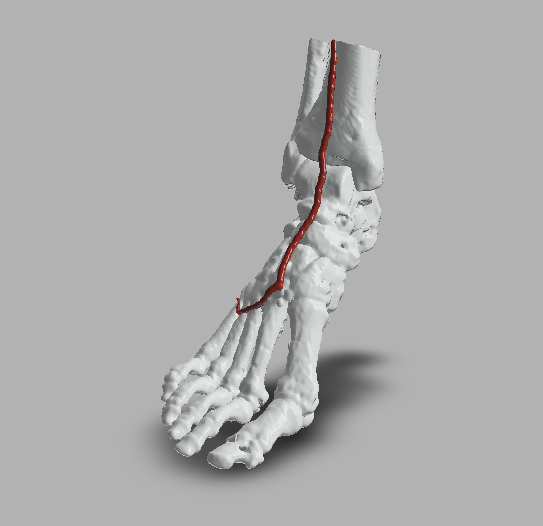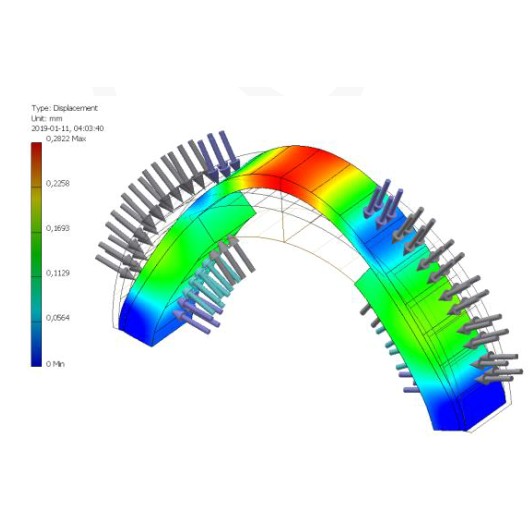
The Problem
Footwear is the interface between the feet and their environment. Human feet have evolved to become mechanical wonders, with 26 bones and more than 30 ligaments providing resilience both for strain over time and extreme strain during short periods. Shoes and footwear have aimed at facilitating resilience without sacrificing function, and they have achieved this through innovations focused on the underside of the foot. The upper side of the foot, the dorsal aspect, is where shoes or boots are tightened. This, however, is also where arteries and nerves are located, and pressure on these structures can lead to cold feet, pain, and reduced control.

The Solution
VPECS (Versatile PErfusion Control System) is a system that takes the anatomy of the dorsal aspect of the middle foot into account. VPECS respects and protects important anatomical structures and reduces nerve and artery pressure as well as increases grip and control.
Latest Articles
US patent Issued
Today, the US patent for VPECS was issued. This is the final step in the US patent process and means that we now have full
US patent published
Today, the US patent was published, which is the last step in the process of obtaining a valid patent. This opens up the large US
First Hiking shoe with VPECS
The first hiking boot with VPECS has been produced. This shoe will now undergo testing before release
First cycling shoe with VPECS
The first cycling shoe with VPECS has been produced. A mountain bike shoe model was chosen, and will now undergo testing.
First tennis-shoe with VPECS produced
As we are exploring opportunities in footwear where the bearer has high demand on grip,function and comfort; we have started a development process in tennis
VPECS team has new member
We are glad to announce that Paul Pierce has joined our VPECS team. Paul is an experienced entrepreneur and businessman. He will help us with